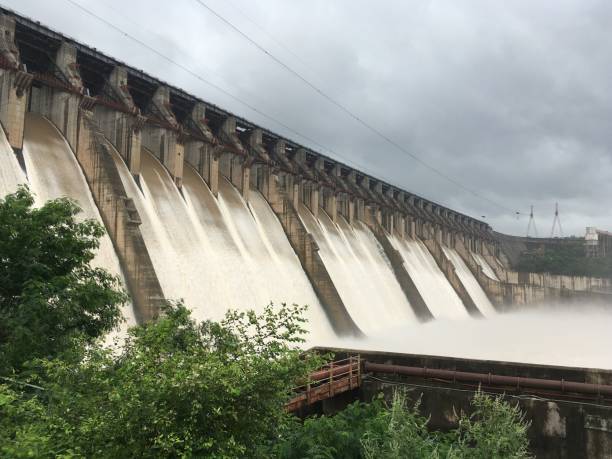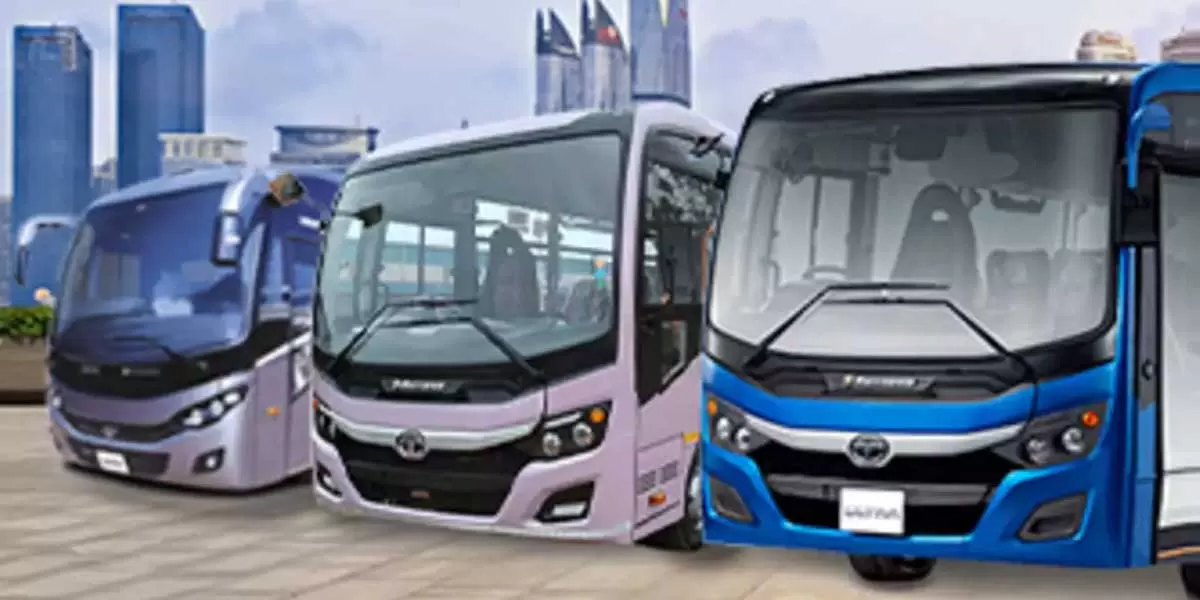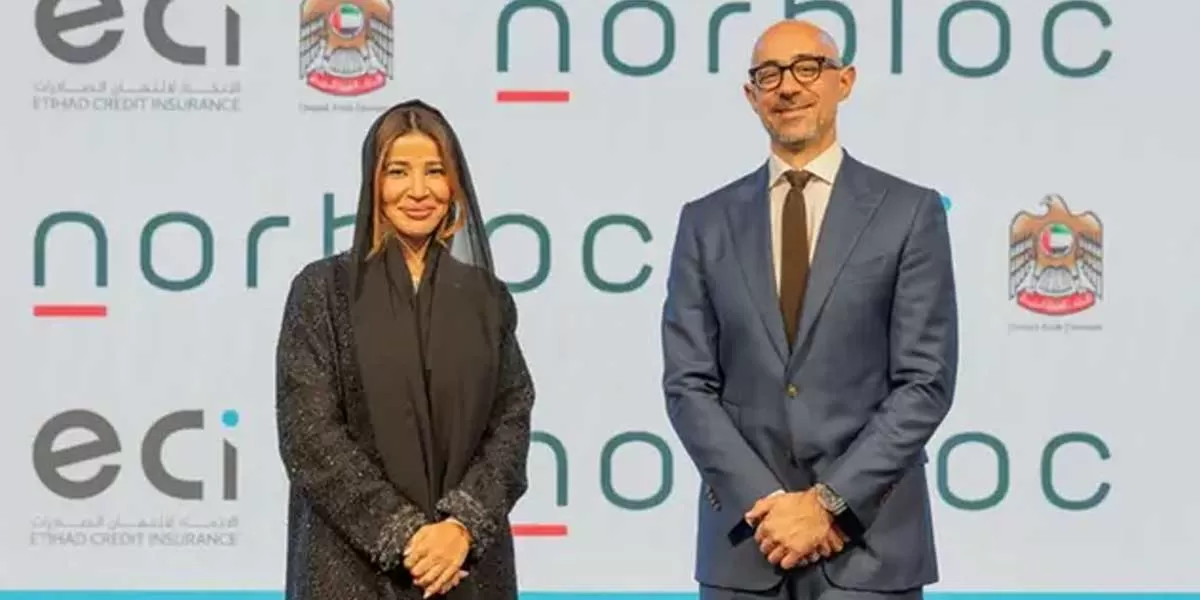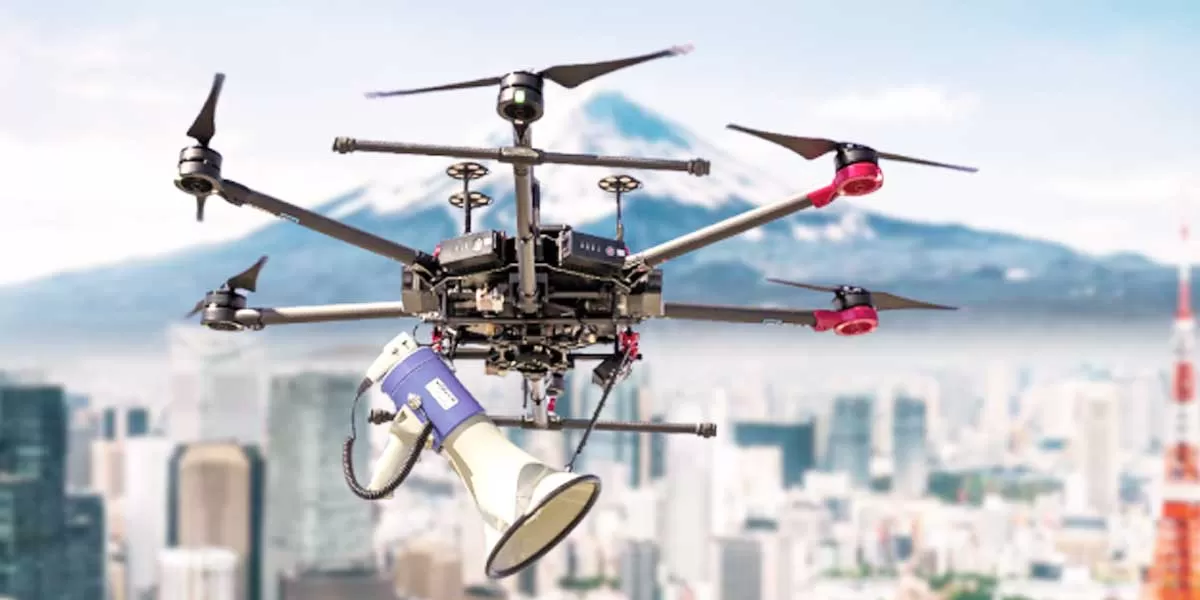
India signs Rs 1,855 cr loan agreement with World Bank for dam infra

Eicher Bags Landmark Order of 1621 Buses and 42 HD Trucks from UPSRTC
Eicher Trucks & Buses, a division of VE Commercial Vehicles (VECV), has secured a significant order from UPSRTC for 1,621 buses and 42 heavy-duty trucks. The order includes 1,344 units of LMD Built-up Non-A/C Buses (Skyline Pro 3011 L and Skyline Pro 3010 L) for efficient passenger transport, 197 units of Eicher Pro 6016 12m AC Buses, 80 units of Eicher Pro 6016 CNG Bus Cowl Chassis, and 42 units of Eicher Pro 3019 Trucks for logistics and parts movement. This highlights Eicher Trucks and Buses commitment to providing reliable transportation solutions covering the entire operating requirement ..

Etihad Credit Insurance joins the KYC Blockchain Platform
Etihad Credit Insurance (ECI), the UAE Federal export credit company, joined the KYC Blockchain Platform, marking a first for the insurance sector. Led by the Dubai Department of Economy and Tourism (DET), the initiative aims to improve ease of doing business, company KYC compliance, and customer data quality and enable the KYC network’s future growth by leveraging it as a reliable customer data ecosystem. Her Excellency Raja Al Mazrouei, CEO of ECI, said: “We are pleased to be the first export credit agency to join the UAE’s KYC platform, which marks a remarkable milestone for us. This..

Garuda Aerospace to Build Andhra Pradesh as India’s First Drone City
Garuda Aerospace has announced plans to develop Andhra Pradesh as India’s first ‘Drone City’ with an investment of Rs 1 billion. The initiative, unveiled after a strategic meeting with Civil Aviation Minister Ram Mohan Naidu, aims to establish the state as a hub for drone innovation, research, and development, positioning India as a global leader in drone technology. The project will focus on cutting-edge research, talent development, and the implementation of the ‘Namo Drone Didi’ initiative, which trains rural women in drone technology. Aligned with the ‘Viksit Bharat S..















